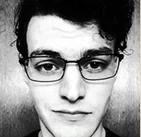We’re excited about your video presentation. Can you tell us a little bit about your background and your studies at Emerson?
I am currently an undecided major at Emerson, but I had fairly extensive experience with video-editing for live performances in high school. During my sophomore year I enrolled in a class called “Experimental Media” — we did a lot with Photoshop, Final Cut (and editing software), and stop-motion. This was all happening while the school drama corp. was preparing for their annual Winter Festival play, a 40-minute performance entered into a statewide competition.
That year they had chosen Anon(ymous), by Naomi Iizuka. It takes the structure of Homer’s Odyssey and uses it as a rough template for the American-immigrant story. Instead of Odysseus’s journey home from the Trojan War, the play opens with the titular character, “Anon,” and his mother on a boat to the United States. It is overtaken by a storm, and they both wash up on different parts of the coast, unaware of the other’s survival. The script called for some pretty fantastical sets, ones that were just impossible to build, especially since the piece had to travel to other locations. So, the director had asked my Experimental Media teacher for help. She gave us the option of making projections for the drama corp. instead of a final project. I and one other kid signed up. We traveled with the show for a total of three performances — preliminaries, semifinals, and the state finals at John Hancock Center in Boston.
From there I spent the rest of high school in the drama department, working on tech and occasionally acting in a few minor roles. During my senior year, I was fortunate enough to have the opportunity to direct my own show, and chose Babel’s in Arms by David Ives. I’m not usually much of one for comedy, and I’m definitely not a huge fan of Ives, but that piece had struck such an excellent balance between hyperbole and social-critique that I had to produce it.
Meanwhile, I had been assisting with a student-led club called “Our Truths.” The goal was to write and perform a play about underrepresented narratives in our society, and the school specifically, by the end of the year. I’m a straight, white, cis-gendered guy, so I was trying to take a backseat in all of this. But when the time came to start rehearsing for the show, I had to manage a lot of the technical elements because I had experience doing so.
After graduation I managed to swing an internship at the documentary company “Vital Pictures.” They were finishing up a film on the aging of U.S. society while also trying to relocate their office. So what I was doing everyday would vary from carrying boxes to putting together their sponsor credits.
How did you find the video images for the concert?
Okay, this is going to sound very unprofessional, but truth is: YouTube. Most of the footage I’m dealing with is fairly old, and once the copyright reaches a certain age, it passes into the public domain. The same thing is true of anything produced by the government, no matter when it was made. Quite a few of the clips I found are informational newsreels either about trains or heavily featuring them.
What sources did you draw upon for the videos?
There isn’t any grand database of historical movie-clips, or at least not one that a college student can afford. Most of what you would find there you can locate in other places anyways, it’s just a matter of how determined you are.
How did you choose the videos; from hearing the music, or by other means?
When I was approached to work with Sarasa by Jennifer Morsches, the first thing I did was look up Steve Reich. I had been exposed to some of John Cage’s work in my Experimental Media class, and I was very lucky to see Philip Glass perform live in 2014, so I was already fairly well acquainted with the modern compositional movement. Listening to “Different Trains,” it made perfect sense that he fit into that continuum. Knowing that, the challenge became using antiquated footage in a modernist manner while still ending up with something comprehensible to an audience. Reich is often described as a minimalist composer, so I see my job as adding cohesion to that minimalism.
The middle section of the Steve Reich piece concerns the use of trains in WWII. Will you use any Holocaust images in the presentation?
The short answer is “yes.” The longer answer is that it would be irresponsible not to. Nazism didn’t arrive overnight, and neither did The Holocaust. The ground had to be continually prepared for the next advance and the next outrage ‒ Hitler was racist, xenophobic, anti-Semitic, and most likely snorted cocaine, but he was also incredibly smart about manipulating the social psyche. German, working-class, pride was wounded after the loss of WWI and arrival of the Great Depression. He knew that and knew how to exploit it at a time of extreme governmental dysfunction. Looking at images of concentration camps isn’t easy, but those who don’t know their history are doomed to repeat it. I think we should all remind ourselves of that.
What are you plans for the future? Do you intend to pursue a career in videography?
When answering your first question, I mentioned that I’m an undecided major at Emerson ‒ I feel like that’s a good description of my life right now. I didn’t want to go into college with a dedicated path because I just wasn’t ready to settle on a career. I’m definitely interested in videography, but I’m not sure if it’s what I want to pursue exclusively.
Thanks for spending time with us.
Thank you! I’m grateful to Sarasa for the opportunity.





